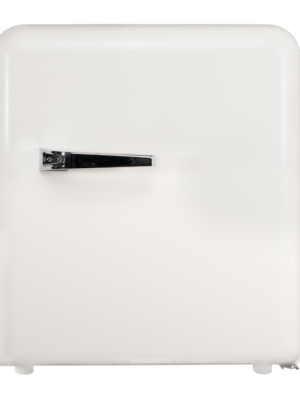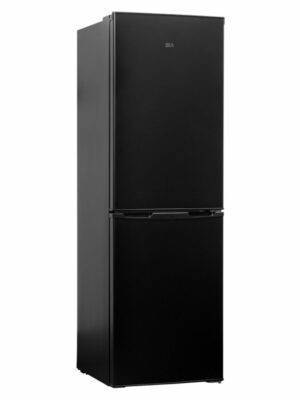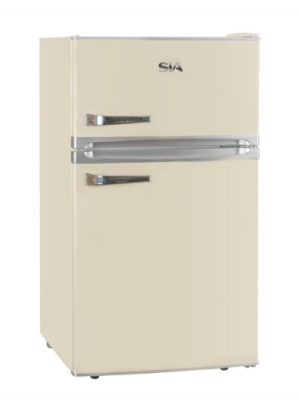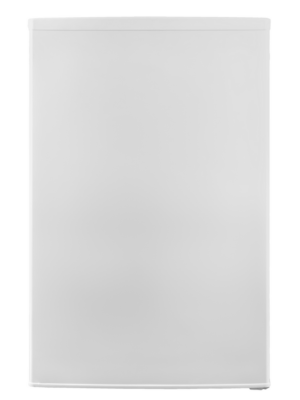When it comes to appliances that are converted to run on 12V, such as those used in RVs or boats, they are typically more expensive than regular appliances. There are several reasons for this, which we will explore in this blog post.
Specialised Components
One of the main reasons that 12V converted appliances are more expensive than regular appliances is due to the specialized components that they require. These components include voltage regulators, power inverters, and transformers, which can be more expensive than the components used in regular appliances.
Lower Production Volume
Another reason for the higher cost of 12V converted appliances is that they are often produced in smaller volumes than regular appliances. This can increase the per-unit cost of manufacturing, which is then passed on to the consumer.
Quality Standards Of Electrical Appliances
12V converted appliances are often built to higher quality standards than regular appliances. This is because they are often used in environments where electricity is not reliable or where safety is a concern, such as in recreational vehicles or boats. The additional safety and reliability features add to the cost of manufacturing.
Research and Development Costs
Developing 12V converted appliances can be more expensive than developing regular appliances. This is because they require specialised knowledge and expertise. For example a refrigeration engineer and electrician are both required to convert a 12V Fridge. This additional cost is then absorbed into the cost of the item when sold to consumers as with any item cost of production.
Market Size
The market for 12V converted appliances is also more limited than the market for regular appliances. This means that manufacturers cannot take advantage of economies of scale, which can lower the cost of production. In essence, as a manufacturer, we are putting the cost and resource into developing products that are safe and effective for use for our consumers in a small business without millions of customers and product iterations and supply chains to be able to drive down that cost by replicating the model due to the use case of 12V appliances.
In conclusion, appliances that are converted to run on 12V are typically more expensive than regular appliances due to several factors, including specialised components, lower production volume, higher quality standards, research and development costs, and a limited market.
While the higher cost may be a barrier to some consumers, the benefits of using 12V appliances in certain environments, such as in motorhomes, caravans or even boats, often outweigh the additional cost and definitely something that so many of our customers benefit from.





